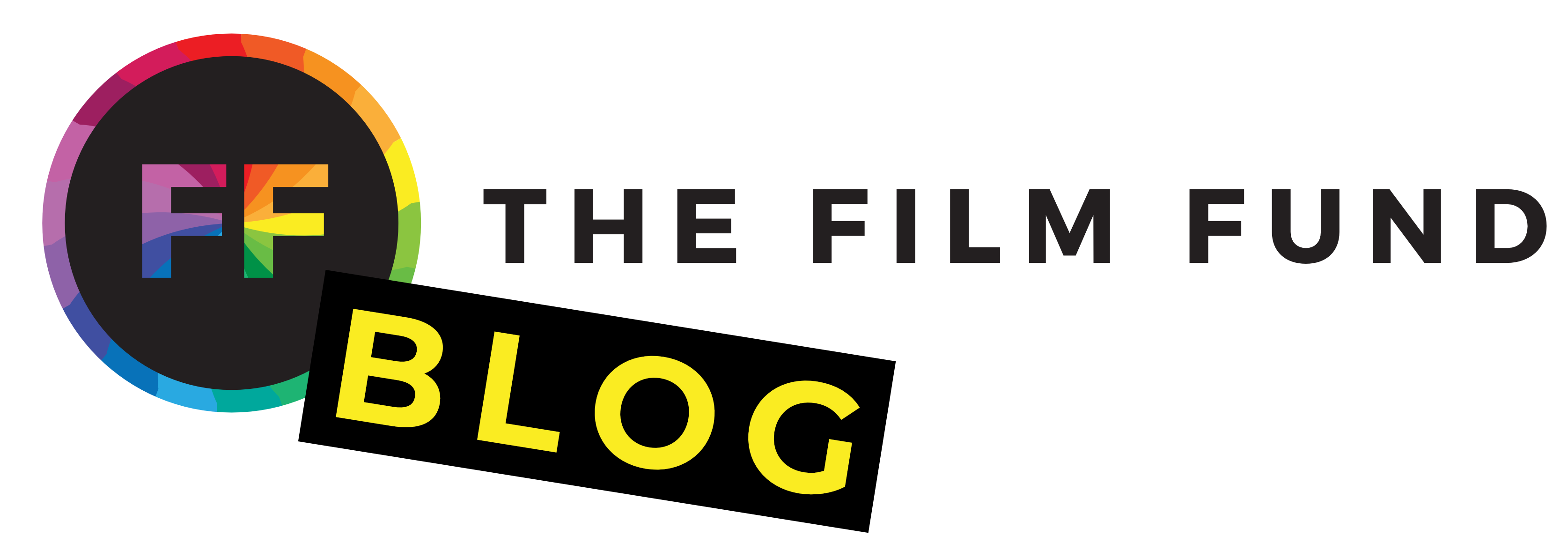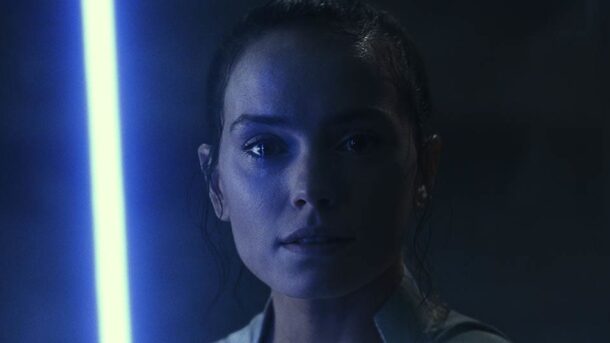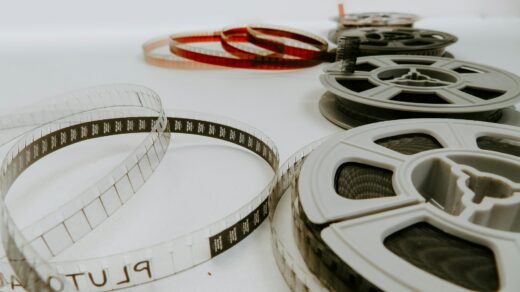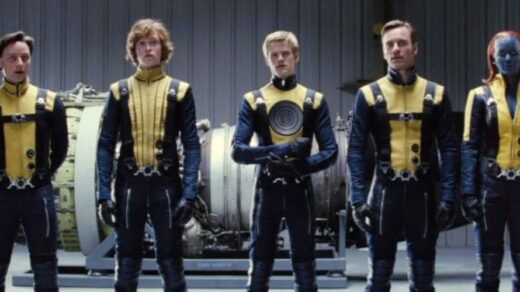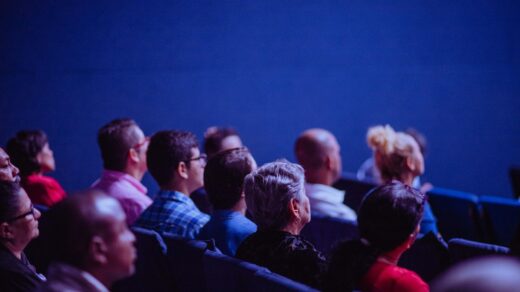Have you ever walked out of a movie theater feeling the magic of a perfectly crafted sequel? Or perhaps you remember the disappointment of a follow-up that just didn’t live up to the hype. That’s how it can be sometimes with Hollywood sequels, where the pursuit of cinematic continuation is both an art and a science with mixed results.
In the realm of Hollywood, sequels are more than just a second movie; it’s a continuation of a beloved story that captivated audiences in its initial installment. Picture this: the anticipation, the familiar characters, and the thrill of revisiting a cinematic universe that left an indelible mark on your movie-loving heart. Yet, not all sequels are created equal, and that’s where our journey begins.
Hollywood sequels are a unique breed, thriving on the delicate balance of embracing the essence of the original while delivering a fresh and captivating narrative. It’s like catching up with old friends while embarking on a new adventure together. So, what sets the great sequels apart from the forgettable ones? What makes Hollywood keep churning them out, seemingly one after another, just like reboots and remakes? Join us as we dive into the enchanting world of Hollywood sequels, deciphering the elements that make them soar or stumble, and exploring the intriguing reasons behind their prolific presence in today’s film landscape.
The Anatomy of a Great Movie Sequel
Identifying Strong Story Continuation
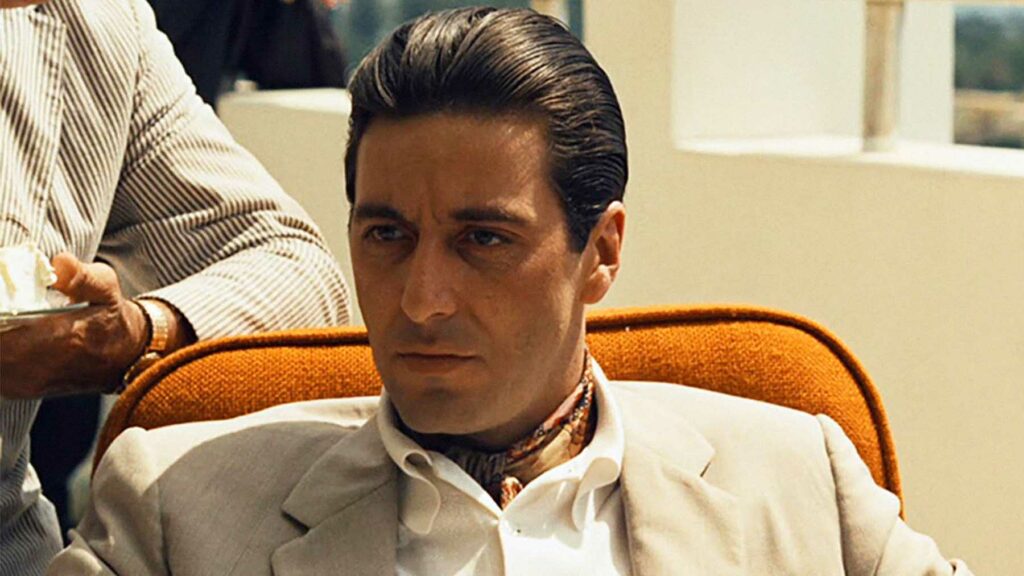
Embarking on the sequel journey is akin to flipping through the next chapter of your favorite book. A captivating sequel seamlessly extends the narrative, picking up where its predecessor left off, weaving a story that feels like a natural progression. Hollywood sequels that master the art of a strong story continuation provide audiences with that rare sense of familiarity, allowing them to rekindle the excitement that drew them into the original tale.
“The Godfather Part II” (1974) is often praised for its seamless integration of past and present narratives. The movie alternates between the early life of Vito Corleone and the struggles of his son, Michael, as the new head of the Corleone crime family. The interwoven narratives deepen the understanding of the characters and provide a compelling and logical continuation of the story and a well-respected Hollywood sequel.
Character Development and Consistency
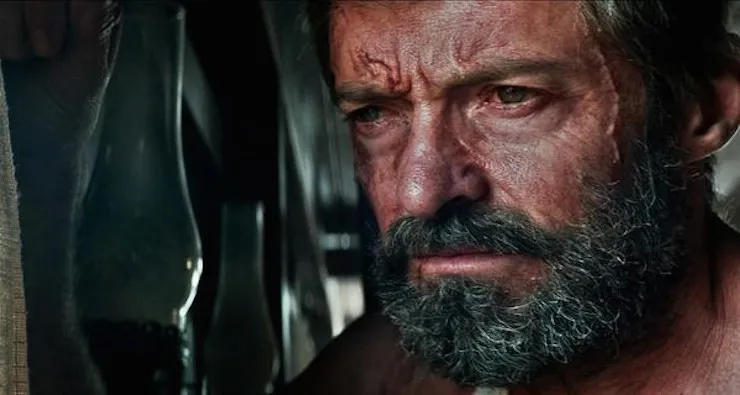
Now, let’s talk about the beating heart of any of the great Hollywood sequels – the characters we’ve grown to love. Imagine catching up with these familiar faces, witnessing their evolution, and feeling a genuine connection to their journey. Successful sequels understand the importance of consistent character development. It’s not just about where the story goes; it’s about who these characters become along the way. When the evolution feels authentic, it deepens our emotional investment in the sequel, creating a richer and more satisfying viewing experience.
“Logan” (2017) is another notable example of a movie sequel that superbly furthered the development of a character. This sequel presents an older, wearier Wolverine in a near-future setting where mutants are nearly extinct. The film explores Logan’s struggle with his violent nature, mortality, and the burden of his past. The introduction of a young mutant, Laura, adds depth to Wolverine’s character as he becomes a reluctant mentor and father figure, allowing us to learn more about a beloved character as he explores a new situation.
Balancing Familiarity and Innovation
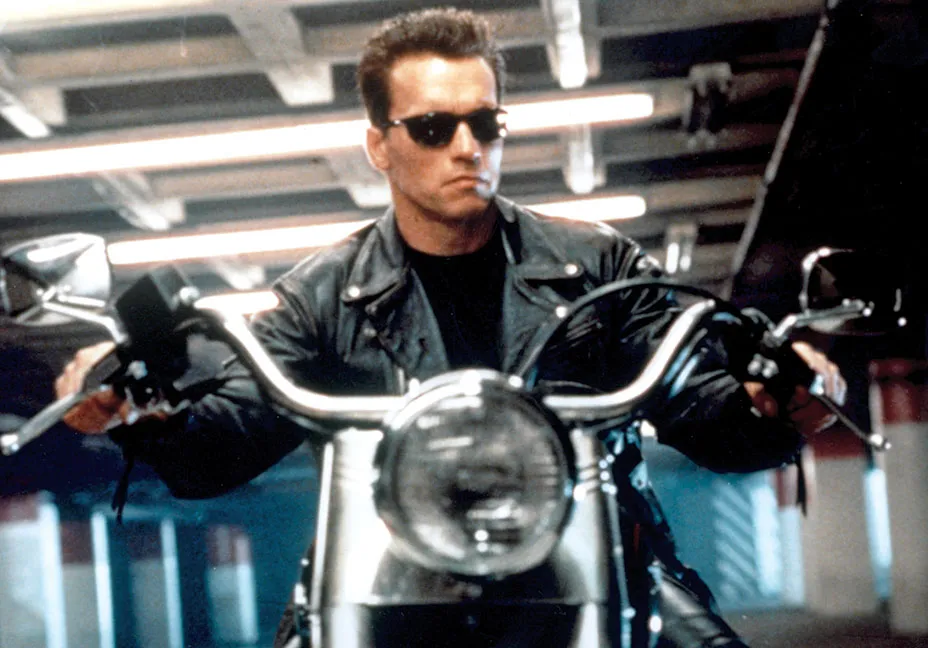
In the delicate dance of Hollywood sequels, finding the right balance between the old and the new is key. It’s like meeting an old friend for coffee and discovering they have exciting stories to share. The best sequels honor the essence of the original while introducing fresh elements that captivate and surprise. This delicate equilibrium ensures that audiences get the best of both worlds – the comfort of the familiar and the thrill of the unexpected. Hollywood sequels that strike this balance leave an enduring mark, proving that innovation and nostalgia can coexist harmoniously on the silver screen.
“Terminator 2: Judgement Day” (1991) retained the core elements that made the first film successful. However, it introduced innovative special effects and shifted the narrative dynamics by making Schwarzenegger’s character a heroic figure, protecting John Connor from a more advanced and menacing Terminator model. “Terminator 2: Judgement Day” is often cited as an example of a Hollywood sequel that not only lived up to the expectations set by its predecessor but also elevated the franchise to new heights.
In the next installment of our exploration, we’ll navigate the treacherous waters of poorly executed sequels, shedding light on the pitfalls that can turn a promising cinematic journey into a forgettable misstep.
Pitfalls of Poor Movie Sequels
The Dangers of Forced Continuation
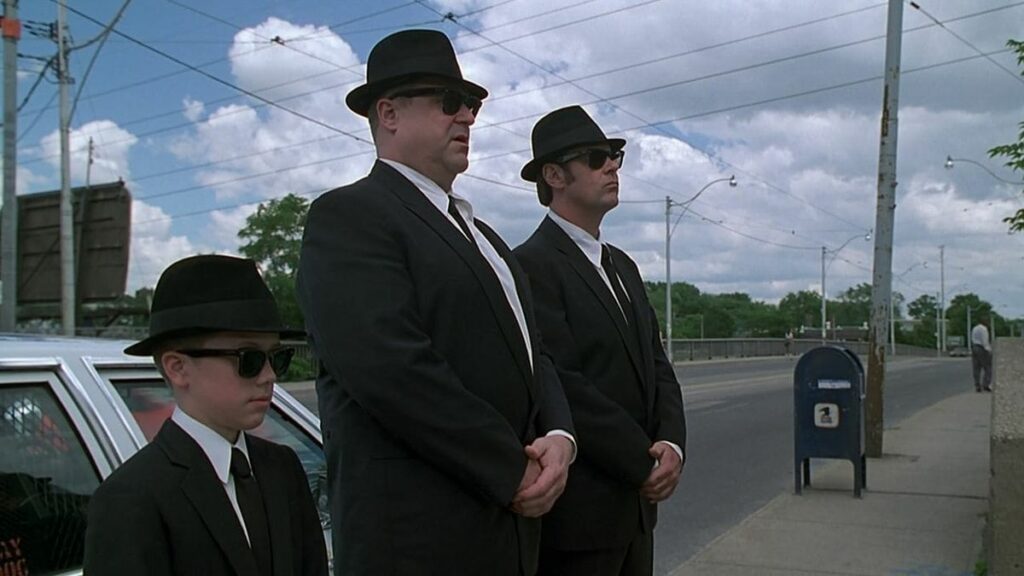
Picture this: a movie that leaves you on the edge of your seat, eager for more. Then, its sequel arrives, but instead of a natural progression, it feels forced, as if the magic is being stretched thin. This, my friends, is the danger of a forced continuation. Hollywood sequels that lack a genuine reason for existence often fall victim to the pressure of capitalizing on a successful predecessor, leaving audiences yearning for the authentic storytelling that made the original a hit.
“Blues Brothers 2000” (1998) faced criticism for attempting to recapture the magic of the original without the iconic presence of John Belushi, who had passed away. While Dan Aykroyd reprised his role, audiences and critics alike keenly noticed the absence of Belushi’s energetic performance. This Hollywood sequel was seen as unnecessary in comparison to the beloved and influential original film.
Inconsistencies in Character Portrayal
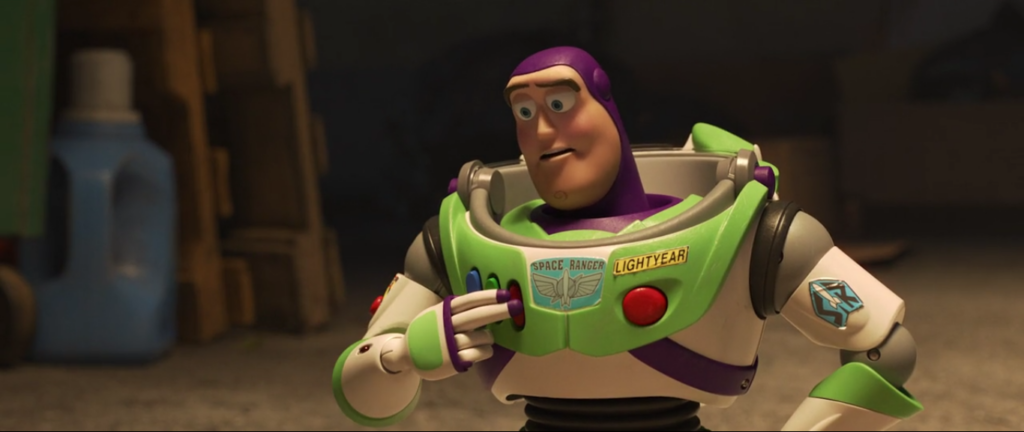
Ever experienced that disconcerting moment when a beloved character seems to have undergone a personality transplant between movies? In the realm of Hollywood sequels, inconsistent character portrayals can be a major stumbling block. Audiences form deep connections with characters, and when their essence is altered without rhyme or reason, it disrupts the very foundation of what made the original film special.
“Toy Story 4” (2019) caught a lot of hate for its portrayal of Buzz Lightyear. In this sequel, Buzz is characterized as a simple-minded sidekick who relies on his voice box to figure out what to do. This is in contrast to the previous two movies where Buzz was, while sometimes silly or off-pace, a heroic leader and stood comfortably alongside the other characters. Viewers were confused by why he was so different and unlike his portrayal in previous films.
Lack of Innovation and Creativity
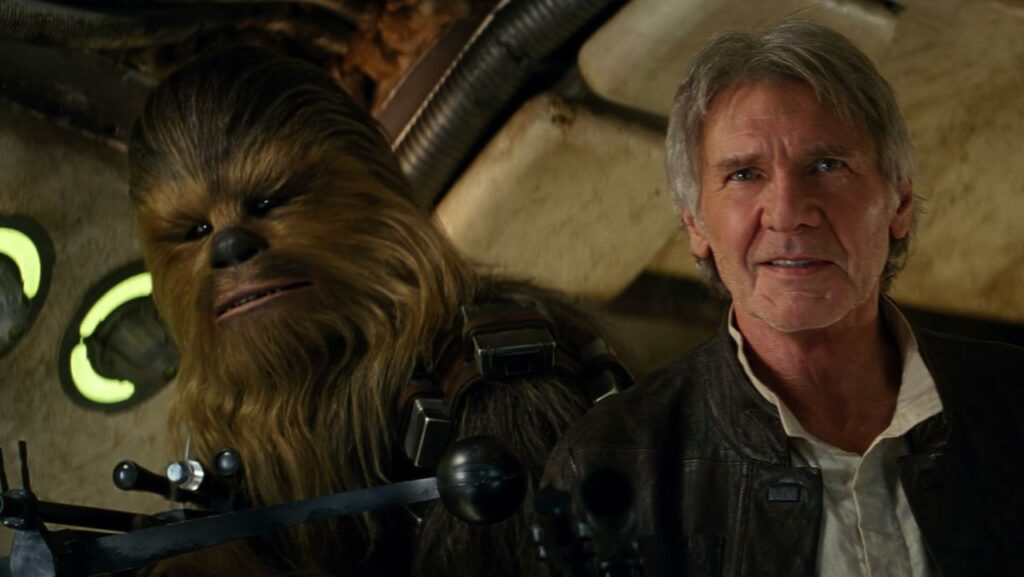
Creativity is the lifeblood of any cinematic universe, and Hollywood sequels are no exception. When a sequel simply replicates the formula of the original without injecting a breath of fresh air, it risks becoming a mere shadow of its predecessor. A lack of innovation can transform what could have been an exciting continuation into a forgettable repeat.
The new “Star Wars” sequels received some heat for their lack of innovation. “Episode VII: The Force Awakens” (2015) retreads a lot of the same plot points seen in “Episode IV: A New Hope” (1977). The following sequels, “Episode VIII: The Last Jedi” (2017) and “Episode IX: Rise of Skywalker” (2019), lacked the familiar Star Wars creativity that fans had come to know and love, leaving the “Star Wars” sequel trilogy with quite a mixed reception.
As we navigate through the pitfalls of poor movie sequels, it becomes clear that crafting a worthy follow-up is an art that requires finesse and understanding. In the final section of our exploration, we’ll delve into the intriguing realm of why Hollywood continues to embrace sequels with open arms, unraveling the economic and audience-driven forces shaping the cinematic landscape.
Why Hollywood is Embracing Sequels
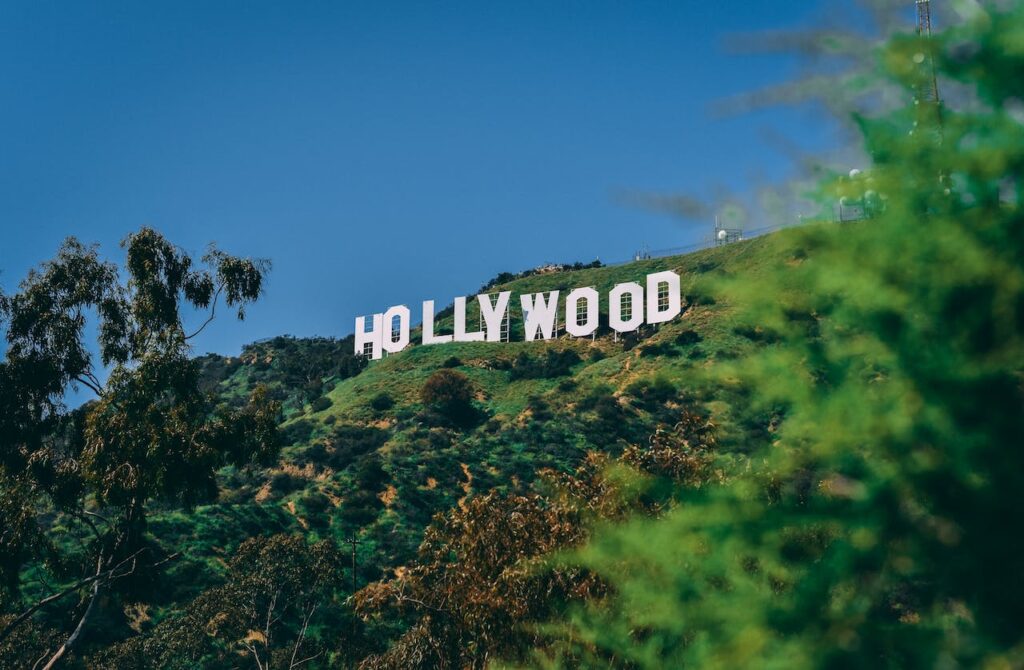
Economic Considerations
Now, let’s dive into the reasons why Hollywood has fallen head over heels for sequels. At the forefront lies the undeniable allure of economic considerations. Picture this: a movie that struck gold at the box office, leaving audiences craving more. Studios, in their pursuit of blockbuster success, often find a goldmine in proven franchises. Hollywood sequels become a strategic move, a familiar territory that promises a return on investment. It’s not just about artistic expression; it’s a dance between commerce and creativity, where the success of one paves the way for the other.
Changing Audience Preferences
In the ever-evolving landscape of cinema, audience preferences play a starring role. The rise of Hollywood sequels aligns with a shift in what viewers crave. There’s a magnetic pull towards the familiar, a desire to revisit beloved characters and immersive worlds. Hollywood, with its finger on the pulse of audience sentiment, responds by delivering sequels that tap into this nostalgia-driven demand. It’s not merely about creating more content; it’s about providing audiences with a comforting journey back to the stories that left an indelible mark on their movie-watching experience.
As we unravel the motives behind Hollywood’s embrace of sequels, it becomes evident that it’s a delicate dance between meeting economic expectations and catering to changing audience tastes.
In Conclusion
As our cinematic exploration of Hollywood sequels draws to a close, let’s recap the key takeaways. We’ve delved into the art and science of crafting a great sequel, emphasizing the importance of a strong story continuation, consistent character development, and the delicate balance between familiarity and innovation. On the flip side, we’ve uncovered the pitfalls of poor sequels, from forced continuations to inconsistencies in character portrayal and the perils of lacking innovation.
The world of Hollywood sequels is ever-changing, shaped by economic considerations and the dynamic preferences of its audience. The quest for box office success intertwines with a desire to satisfy the yearning for familiar narratives. Hollywood’s embrace of sequels, while rooted in financial strategies, is also a testament to the storytelling power that captivates and resonates with viewers.
As we close this chapter, we invite you, fellow film enthusiasts, to share your thoughts. What Hollywood sequels have left you exhilarated or disappointed? Do you believe the surge in sequels is a cinematic blessing or a challenge to creativity? The tapestry of Hollywood sequels is woven with diverse threads, and your perspective adds a unique hue to the canvas.
Lastly, are you an indie filmmaker? Are you struggling to find the resources to put your short film together? Worry not! The Film Fund is offering you the chance to win up to $10,000 in funding for your short narrative or short documentary. Send us a one-sentence explanation of your movie and what you will use the funding for and you can win! Head over to our sign-up page now to learn more and enter now.
